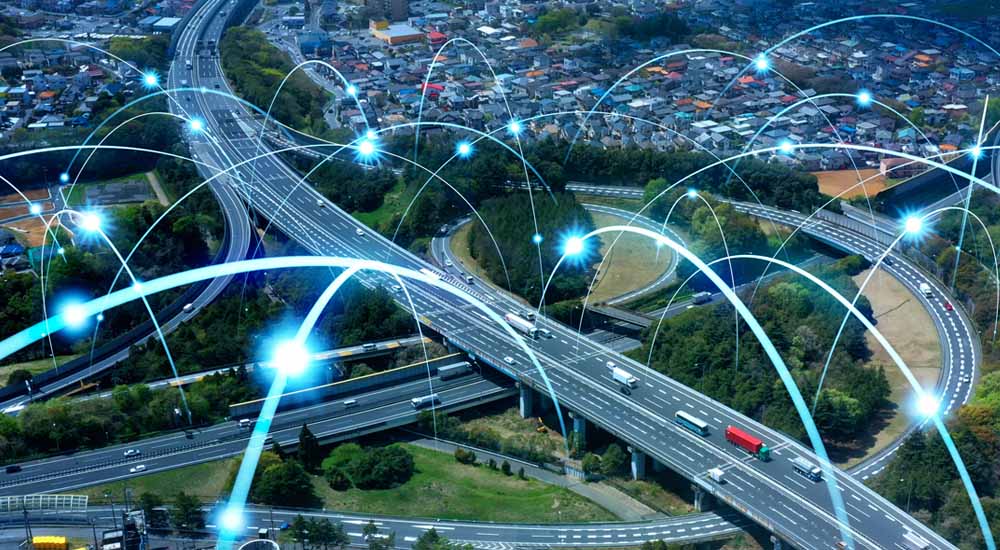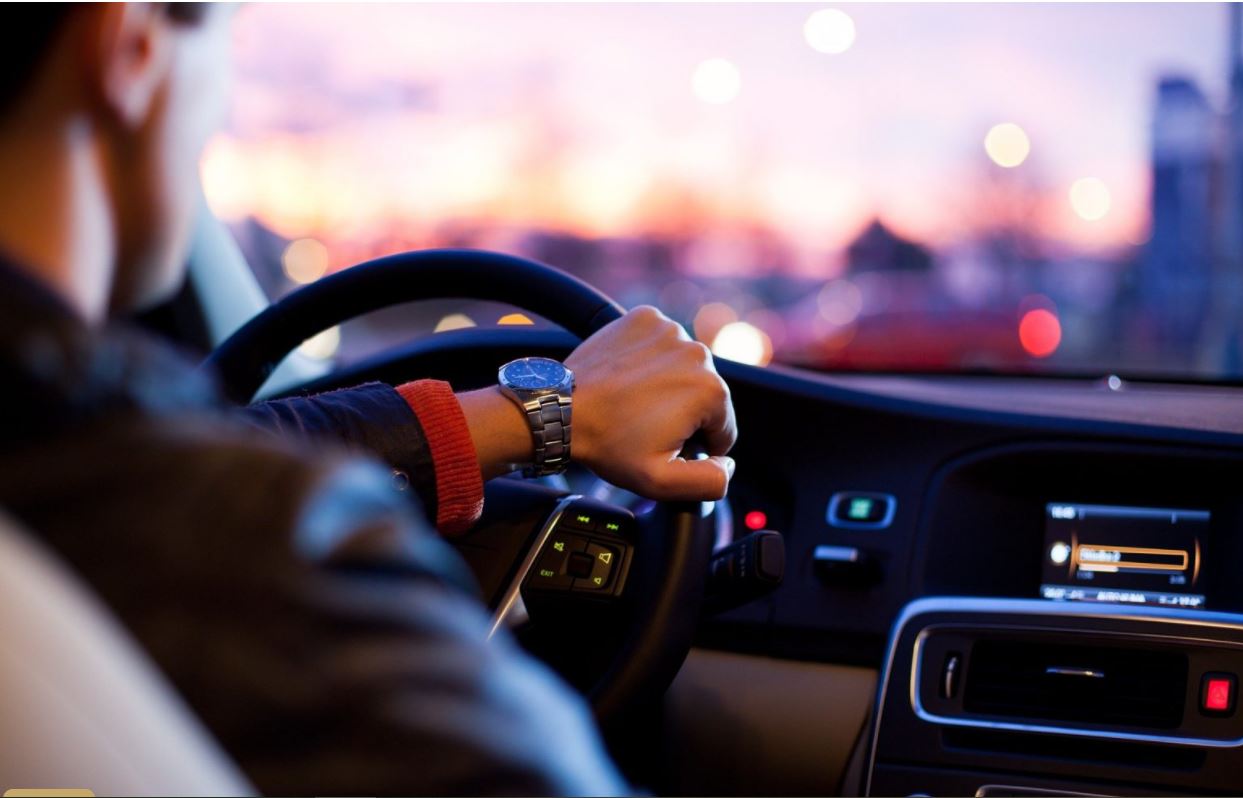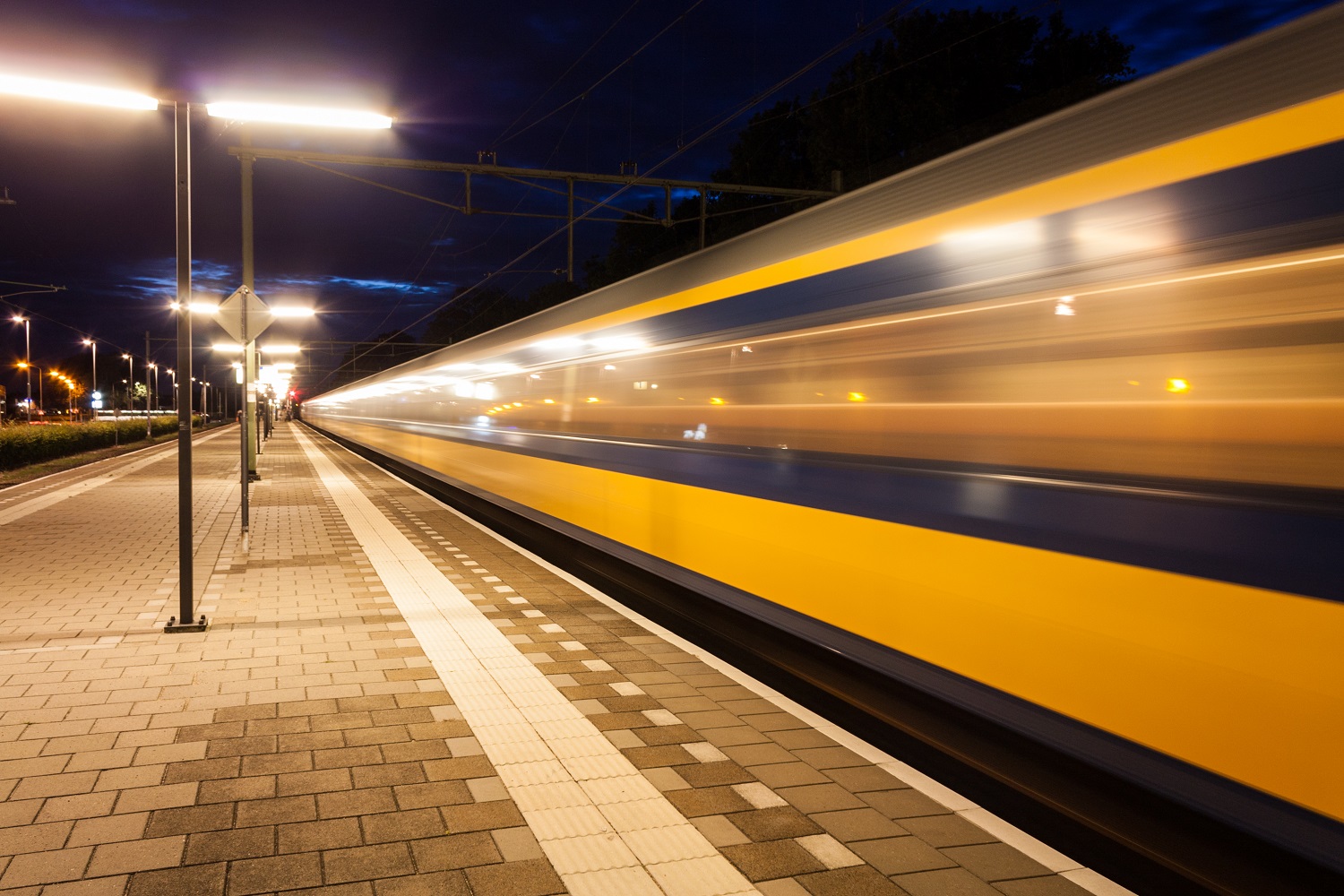The Netherlands is a small country with a lot of inhabitants and a great deal of economic activity. On top of that, we have Rotterdam as a transhipment port that just about the entire world uses, so we constantly have huge transport flow – by water, road and rail. What that all means is that we have been pushing the limits of our infrastructure in terms of mobility, transport and logistics for a while now.
The current challenges
The Netherlands never stops moving, which is one contributory factor to our economic welfare. But there are also bottlenecks that lead to delays and impede economic growth, welfare and health. Despite major investments in the road network and public transport, many vehicles still get stuck in rush-hour traffic jams. Even more importantly: in the current situation, transporting both goods and people are causing major social problems and challenges: high emissions of greenhouse gases, for example, and poor air quality in the cities. There are also many traffic casualties and serious injuries every year.
Dizzying complexity
The good news: thanks to AI, it is possible to approach the above-mentioned problems innovatively. That is being driven forward rapidly now thanks to sharp rises in computing power and the vast amounts of data that are being collected about mobility, transport and logistics. The big challenge is finding an integral approach, allowing multiple developments to be included at the same time. The complexity is dizzying. So it is a good thing that the conventional working methods are now also backed up by advanced data technology. These techniques can complement each other in cooperation, making use of each other’s potential.
Working group
The Mobility, Transport and Logistics working group has opted for a step-by-step approach. The focus is initially on the most important opportunities and challenges:
- AI for sustainable mobility (including smart electric charging, self-learning energy management).
- AI for accessibility and traffic flow (including cooperative mobility and partial mobility).
- AI for safe, partial and flexible mobility (including other smart self-driving vehicles and public transport).
- AI for efficient logistics (including smart planning systems, predictive maintenance and self-organising logistics).
That all also has to be done in a situation where the AI technology is still in full development. That demands customisation and a carefully controlled development process. An important element here is that AI systems are developed that have good interactions between humans and machinery. There should always be an option for humans to intervene or adjust undesirable situations.
Call for cooperation
AI offers unprecedented opportunities, but a genuinely different mindset is needed if we are to see those opportunities and then also actually produce feasible solutions. That explains why AI innovations often come from unexpected sources, from as-yet unknown parties who are basically just playing around with possible new solutions.
If you are active in this domain and looking for a good sparring partner, please contact us. It’s always good to exchange knowledge and (who knows?) it could maybe lead to a collaboration with a party from within the working group. Together we can move forward!
More information
If you would like to know more about the approach adopted by the Mobility, Transport and Logistics working group, read the Position Paper on AI in Mobility and Transport (in Dutch) by TKI Dinalog.
If you’re interested in this topic and would you like to be actively involved, you can become a member of the NL AIC and benefit from our Mobility, Transport and Logistics expertise and network, as well as other relevant AI themes.




